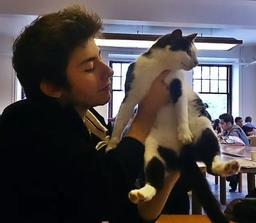In this lesson, we will see the remaining usages of location pronouns and finalize this topic.
The root question form of location pronouns is nere (similar to bura, şura, ora). Again, to some people it can stand on its own, according to others it cannot. Nere takes suffixes according to what is being questioned. For example:
| Burası neresi? | What is this place? [Lit.] Where is here? |
| Nereye gidiyorsun? | Where are you going? |
'Gitmek' in Turkish takes a dative complement, so when asking a question about that complement, the question nere takes the dative of it. Same goes for nominative, and every other suffix.
Lastly, you will see location pronouns used with other suffixes such as possessive suffixes and the plural suffix. They can be combined with case suffixes. There are 6 case suffixes, 2 forms of number (singular or plural) and 6 possessive suffix, creating 72 possible forms for each pronoun, so we will not be presenting them here. Below you can see the possible forms for the first person possessive suffix and bura.
- Buram
- Buralarım
- Burama
- Buralarıma
- Buramı
- Buralarımı
- Buramdan
- Buralarımdan
- Buramda
- Buralarımda
- Buramın
- Buralarımın
The meaning of all of these are "This place on me + the meaning of case suffix". For example 'burama' means 'to this place of me.' Plurality in this context means these regions. For example "Buralarım ağrıyor." would mean "These regions (on my body) hurt."
Notice how in the nominative case there is no -sİ. When a possessive suffix is attached, the possessive -sİ is dropped, and the appropriate possessive suffix is attached, as shown above.

